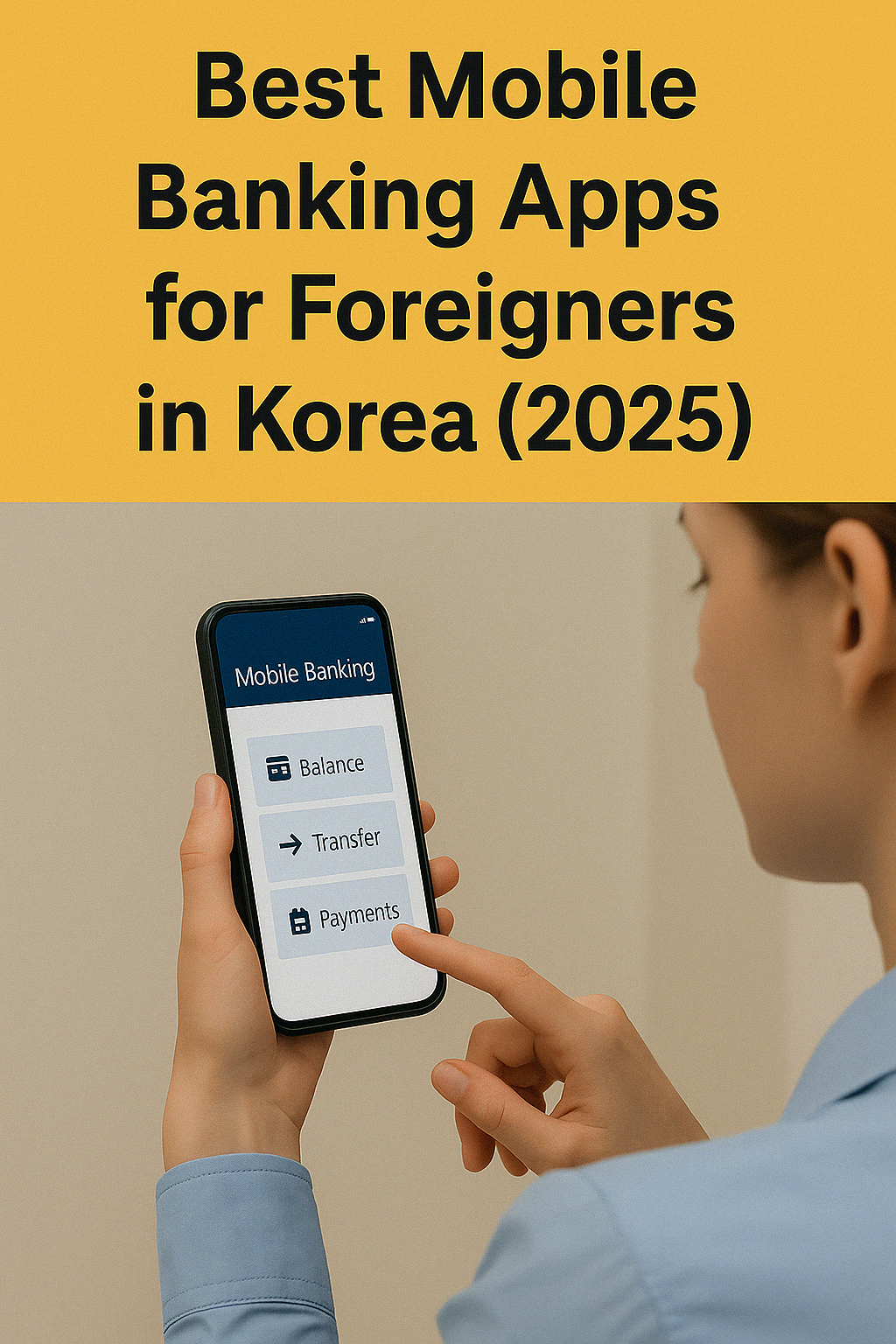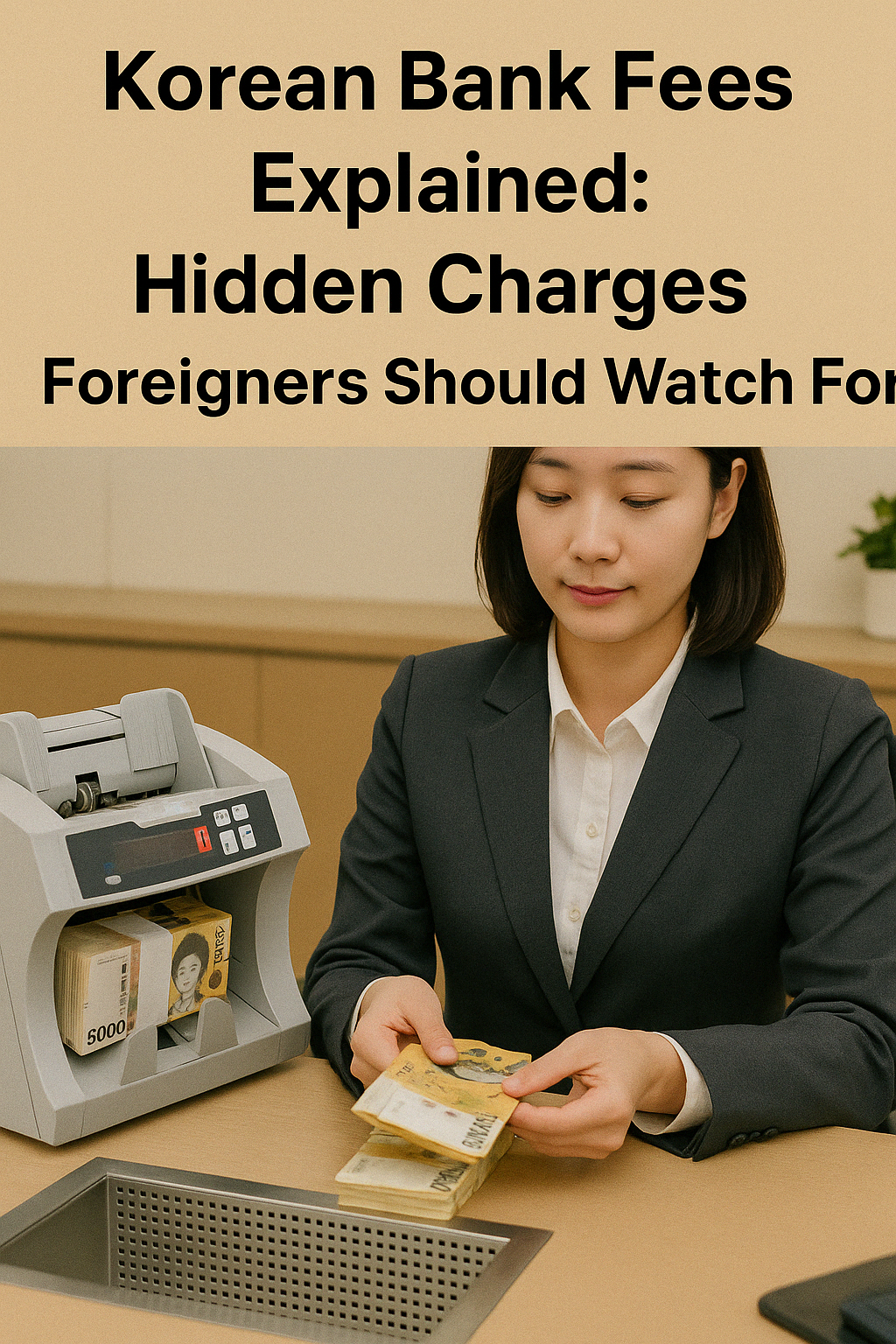Best Mobile Banking Apps for Foreigners in Korea (2025)
1. Why Mobile Banking is Crucial for Foreigners in Korea
Many foreigners in Korea find in-person banking difficult due to:
- Language barriers
- Limited foreigner services
- Inconvenient business hours
Mobile banking apps offer 24/7 access to your account,
but not all are designed with foreigners in mind.
2. Key Features to Look For
Before downloading a banking app, check for:
- English or multilingual support
- Sign-up with ARC or passport
- Real-time transfers & balance checks
- Low or no fees for domestic transfers
- International remittance support
3. Top 3 Mobile Banking Apps for Foreigners (2025)
1) Shinhan SOL (신한 쏠)
- English interface
- Sign-up with ARC + Korean number
- Reliable, supports international transfers
- Live English chat support on weekdays
2) KB Star Banking (국민은행)
- Basic English interface
- Good for existing KB customers
- Limited functions in English
- Best for users who opened their account in person
3) Toss Bank (토스뱅크)
- Fully digital, intuitive UI
- Minimal English support (but growing)
- Great for budgeting, free ATM withdrawals
- Recommended for tech-savvy users with basic Korean
4. Common Problems Foreigners Face
- Apps and messages in Korean only
- Phone number not matching ARC name
- Authentication failures
- App crashes or verification issues
5. Goldnuri’s Tips
- Register phone number under your own ARC
- Turn on biometric login (face/fingerprint)
- Use Papago to translate error messages
- Visit a branch to get help with app setup if needed
Summary
In 2025, Shinhan SOL remains the most balanced app for foreigners,
while Toss Bank is ideal for digital-native users.
Start with a bank that supports foreigner registration—then build your mobile banking experience with confidence.

